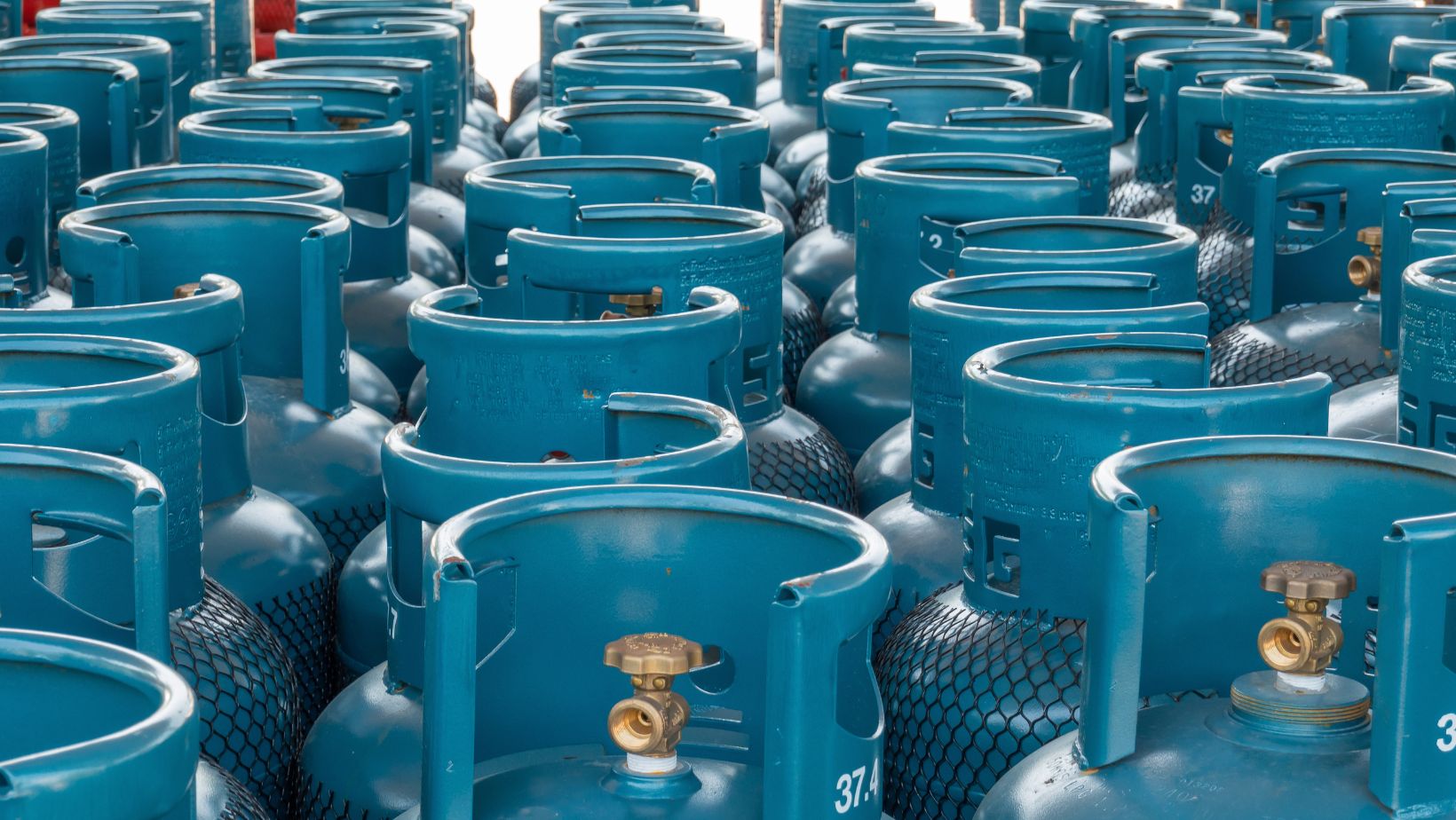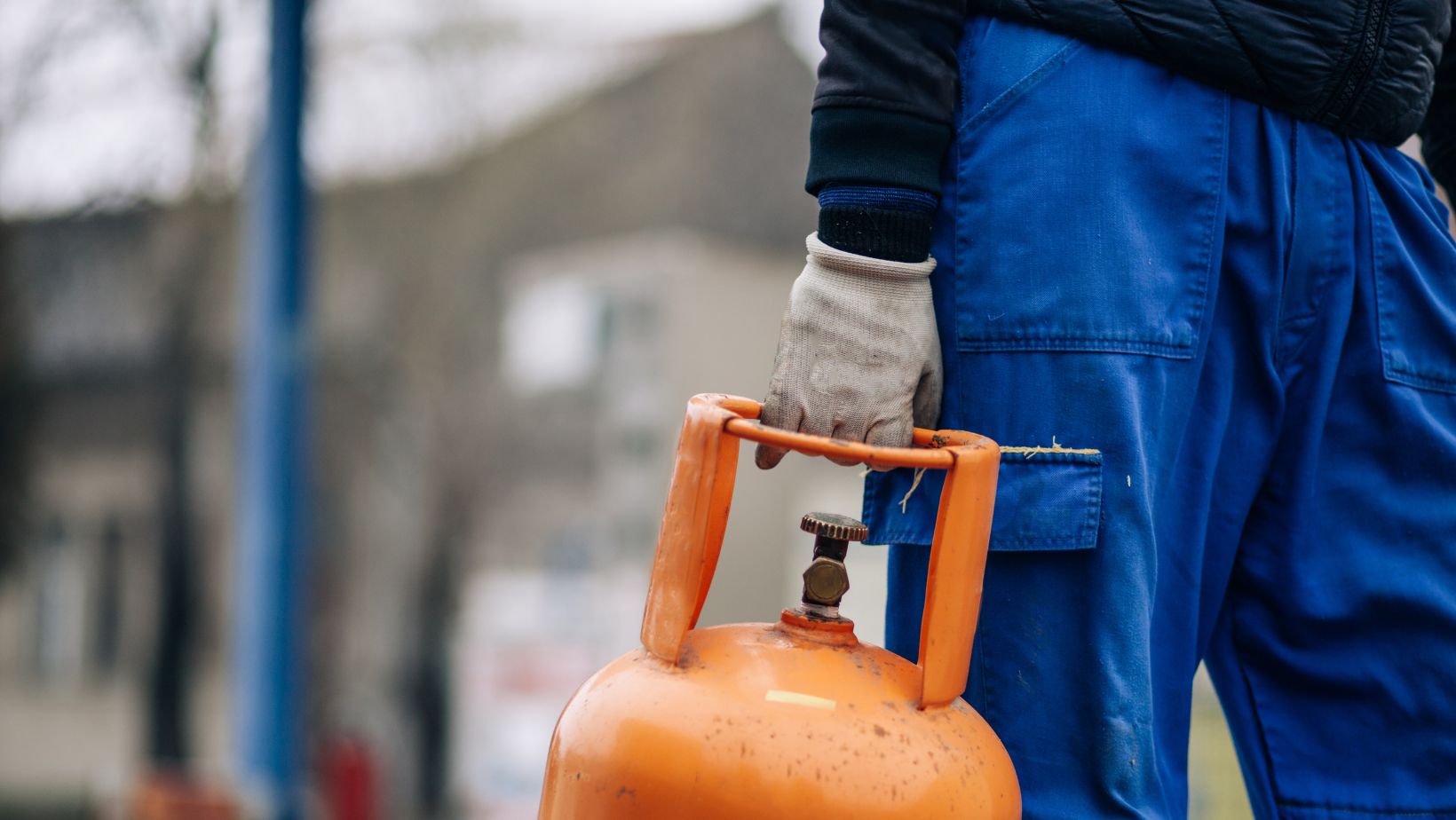
Liquefied petroleum gas, commonly known as LPG, is a versatile fuel used in homes across many parts of the world. It provides energy for a variety of applications, especially in areas where piped natural gas isn’t available. If you’ve ever wondered “what is the use of LPG gas” in daily life, here is a clear and practical overview of how many households put it to work.
Cooking: Flame Control and Convenience
One of the most familiar uses of LPG is for cooking. LPG stoves deliver immediate flame control, ideal for sautéing, simmering or high-heat searing. Compared to some electric cooktops, gas allows faster heat changes and a more responsive experience.
LPG is also used in outdoor kitchens, barbecues, grills, ovens and range hood heaters. Its portability means you can use it in places without electrical connections, making it a preferred option in rural, semi-rural or off-grid homes.
Heating Rooms and Water
In regions with cooler seasons, LPG is commonly employed for space heating via gas heaters or fireplaces. Portable or fixed units can warm single rooms or entire homes, depending on the setup. Because it burns cleanly, LPG heating produces fewer particulates than some solid fuels, making it suitable for indoor use with adequate ventilation.
Hot water systems are another major application. LPG-fuelled hot water heaters or boilers heat water rapidly and consistently, making it usable for showers, washing dishes, laundry and other domestic needs. When natural gas supply is unavailable, LPG offers a dependable alternative.
Outdoor Use: Patios, Pools and Garden
LPG often powers outdoor features that require flame or heat. Patio heaters, fire pits, outdoor kitchens and pool heaters can all run on LPG.
Because portable cylinders can be relocated, they suit flexible entertaining areas and make it easier to fuel outdoor fixtures than rely on electrical heaters alone.
Emergencies, Backup and Off-Grid Living
LPG plays a crucial role when the regular energy supply is compromised. In homes without connection to mains gas or electricity (or where electricity is unreliable) LPG provides a stable backup. Generators, cooking stoves and heaters can all run from LPG cylinders, making it effective during storms, outages or remote living.
Its ability to store energy in cylinders rather than requiring continuous flow helps households maintain essential services when needed.
Industrial and Specialty Domestic Uses
Some homes incorporate LPG for specialty domestic purposes. For example:
- Kilns and workshops: Pottery or glass blowing studios may use LPG for high temperature needs.
- Gas fireplaces: When decorative flame is desired with heat, LPG fireplaces offer both form and function.
- Outdoor lighting or decorative torches: Some lighting installations use controlled LPG-fed flames to create ambience in landscapes or alfresco areas.
Safety and Efficiency in Practice
LPG is energy-dense and efficient. It must be stored under pressure in certified cylinders or bulk tanks and used through appropriate regulators and piping. Regular maintenance ensures safe and efficient operation.
Because LPG burns cleaner than many alternative fuels, unused deposits in combustion chambers are lower. Still, proper ventilation and carbon monoxide detection are important safeguards whenever LPG is used indoors.
Final Thoughts
LPG is a flexible tool for modern living. From cooking meals to keeping water warm, heating rooms, supporting outdoor features and providing reliable backup energy, its role spans many household needs. When installed and used with care, LPG delivers convenience, reliability and versatility, especially in places without access to piped gas.






